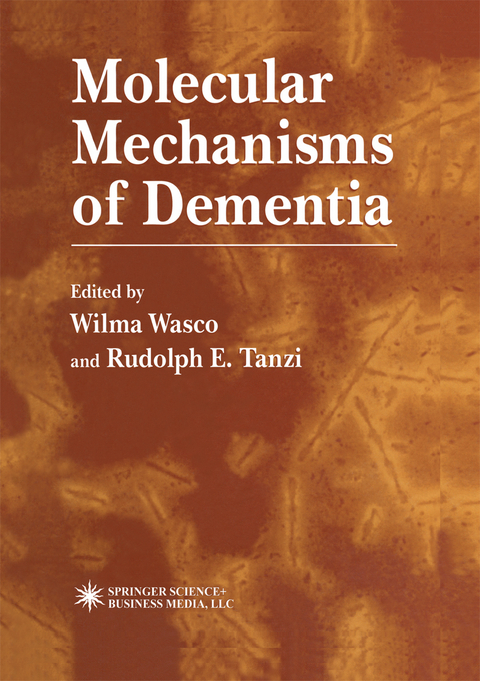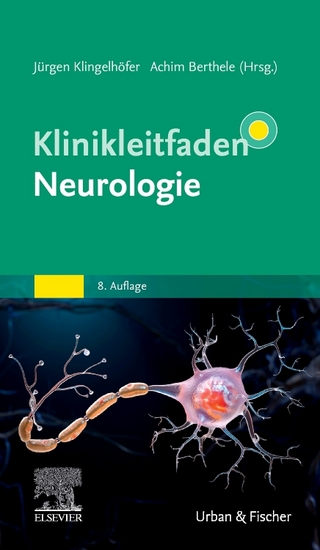
Molecular Mechanisms of Dementia
Humana Press Inc. (Verlag)
978-1-4757-5889-4 (ISBN)
1 Etiological Clues from Gene Defects Causing Early Onset Familial Alzheimer’s Disease.- 2 Potential Biological Mechanisms of ApoE in Alzheimer’s Disease.- 3 Understanding the Biology and Molecular Pathogensis of Alzheimer’s Disease in Transgenic Mice Expressing Amyloid Precursor Proteins.- 4 Mechanism for ?-Amyloid Overproduction in Alzheimer Disease: Possible Antisense RNA-Mediated Generation of a 5?-Truncated?APP mRNA Encoding 12-kDa C-Terminal Fragment of ?APP, the Immediate Precursor of A?.- 5 Apoptosis and Alzheimer’s Disease.- 6 The ?-Amyloid Model of Alzheimer’s Disease: Conformation Change, Receptor Cross-Linking, and the Initiation of Apoptosis.- 7 Energy/Glucose Metabolism in Neurodegenerative Diseases.- 8 Calcium Homeostasis and Free Radical Metabolism as Convergence Points in the Pathophysiology of Dementia.- 9 ?-Amyloid-Derived Free Radical Oxidation: A Fundamental Process in Alzheimer’s Disease.- 10 Inflammatory Pathways: Implications in Alzheimer’s Disease.- 11 Inflammatory Mediators in Alzheimer’s Disease.- 12 ? Protein and the Neurofibrillary Pathology of Alzheimer’s Disease.- 13 Anatomy of Pathological Alterations in Alzheimer’s Disease.- 14 Cerebral Zinc Metabolism in Alzheimer’s Disease.- 15 Potassium Channels and Calcium Release: Pat ho physiological and Diagnostic Implications for Alzheimer’s Disease.- 16 Pick Disease.- 17 Ischemia.- 18 Prion Diseases and Dementia.
| Reihe/Serie | Contemporary Neuroscience |
|---|---|
| Zusatzinfo | 2 Illustrations, color; 33 Illustrations, black and white; XI, 312 p. 35 illus., 2 illus. in color. |
| Verlagsort | Totowa, NJ |
| Sprache | englisch |
| Maße | 178 x 254 mm |
| Themenwelt | Medizin / Pharmazie ► Medizinische Fachgebiete ► Neurologie |
| ISBN-10 | 1-4757-5889-8 / 1475758898 |
| ISBN-13 | 978-1-4757-5889-4 / 9781475758894 |
| Zustand | Neuware |
| Haben Sie eine Frage zum Produkt? |
aus dem Bereich


